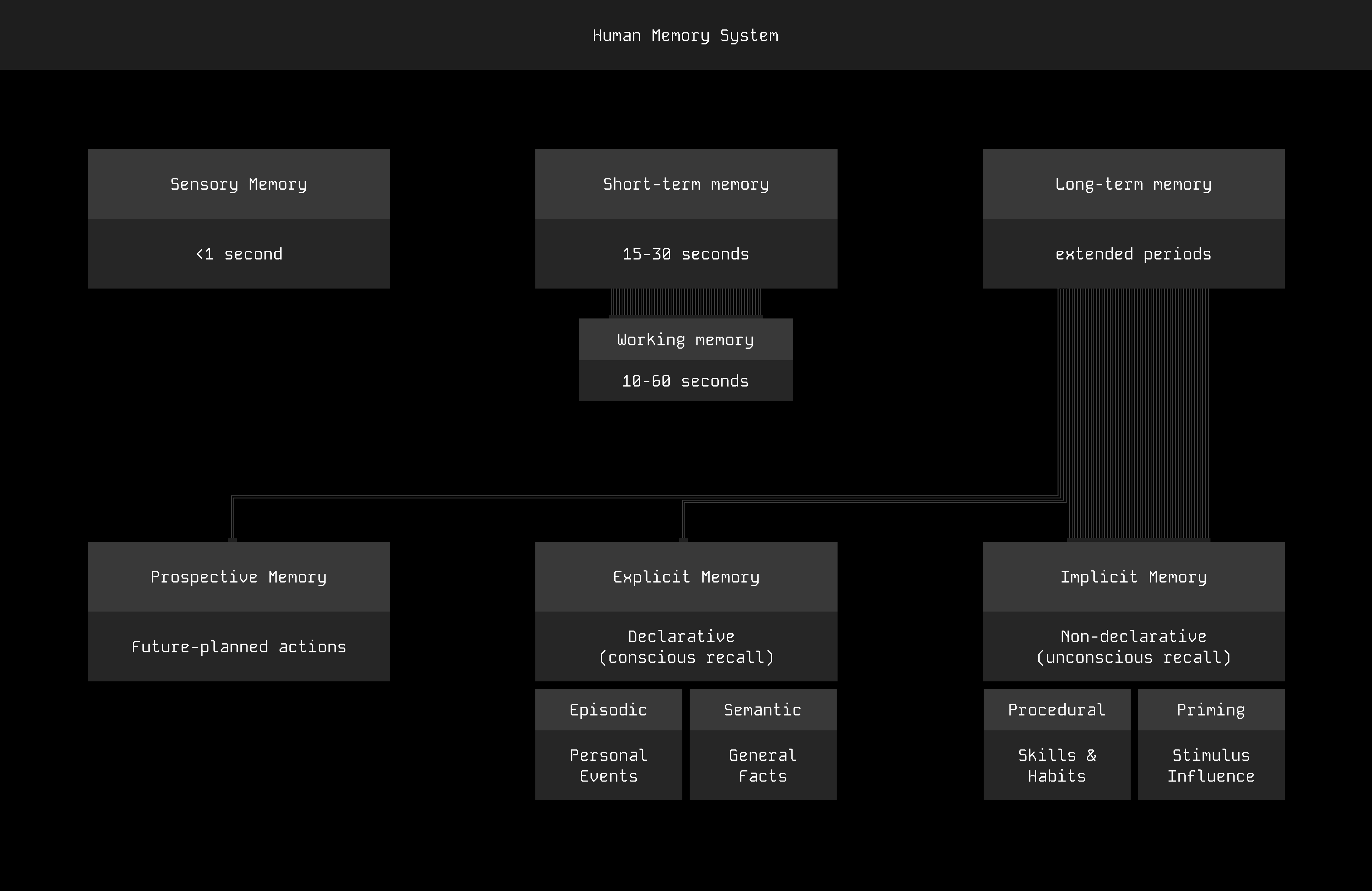Bring joy back to digital memories
The Moment
A sea of glowing screens rose between us and the stage.
Everyone held their phones up. Hundreds of videos and photos were captured, crystallizing that moment in time.
That's when I thought: how many of those moments will anyone actually revisit?
Few will make it to social media, and the rest get lost in an endless scroll, never to be revisited as cherished memories.

Why it matters?
Digital memories today have become a status signal.
We've lost the art of savoring the moment, trading genuine experience for shareable content.
Contrast this to the film era of the 90s and early 2000s, when every shot was both expensive and required patience.
Back when platforms like Facebook or Instagram didn’t exist, taking a photo in public felt deliberate, even sacred. Back then, capturing a moment carried weight. People composed and chose their shots with intention. A memory had to be worth it to be captured on film.
Was this a result of the tedious process of film, the cost associated with taking a shot, or was it the absence of social media in its current form?
Digging Deeper
In our fast-paced, convenience-driven world of mobile devices, we inevitably succumb to the temptation of rapid consumption. It's also in every company's interest whether they serve to provide utility or status to make people stick to their product, driving up screen time and daily active users.
Devices now let us instantly save moments we want to keep. But the human mind by itself processes memory in three major distinct ways:
- Sensory memory captures fleeting impressions, the sensation of touch, smell, taste, and sound that fade within seconds.
- Short-term memory and working memory act as our temporary workspace, holding and operating on recent information like keeping a shopping list in mind while walking through a store.
- Long-term memory stores everything from factual knowledge to personal experiences. Some memories surface consciously when we need them; others emerge only when triggered by specific cues like a scent, a song, or a photograph.

These memories are the building blocks of identity, serving as a narrative thread that connects past experiences to our present self. They shape how we perceive ourselves and how others perceive us. Long-term episodic memories - personal experiences tied to specific times and places form a core part of our self-concept, providing continuity and coherence to our identity. For example, recalling a significant life event, like a graduation or a moment of personal triumph, reinforces a sense of who we are and what we value.
However, these cherished memories don’t just pile up randomly.
Our emotional attachments - to people, places, and experiences, play a crucial role in deciding which moments stick with us. These attachments act as a filter, giving certain memories emotional weight and making them key pieces of our personal story.
In today’s world, though, our devices have stepped in as an extension for capturing these memories.
While they let us save everything from the mundane to the extraordinary moments, they also add an extra layer of incentive: our attachments now stretch beyond personal connections to include the pursuit of social approval from a broader audience. The expectations of likes, shares, and validation shifts our focus, turning memories we once cherished for their personal meaning into status symbols shaped for others.
Our idea
A device that people want to treasure their memories on and share them intentionally with friends without the pressure of seeking social status or validation.
Learning from others
Sharing memories has long been a backbone of consumer technology. Social media platforms offer a striking yet ironic case: originally built to connect friends and family, they evolved into attention-grabbing machines that exploit human curiosity to fuel endless scrolling.
While this approach maximizes profits for companies, it often undermines authentic human connection.
But some companies charted a different path.
One example is Lone Palm Labs, creator of Retro, a photo-sharing app built specifically for close friend circles.

“Retro is a social app that feels like a joy, not a habit. It’s a friends-only photo journal where you share for yourself as much as your friends. It gently nudges you to find at least one moment each week to remember and then put that moment out there in a post so your friends know what you’re up to.”
Through carefully crafted UI and intentional constraints, Retro guides users toward a healthier, richer social media experience, one focused on sharing and preserving memories. With Retro as an intentionality benchmark for us, we wanted to create technology that would genuinely captivate people to cherish their memories and sometimes share them with others without the pressure of gaining social status or validation.
Our Experiments
#1: A polaroid image with the ability to turn normal image into AI image
In our first experiment, we took notes from the Polaroid. One of the best parts of having a Polaroid is that anticipation between taking an image and seeing what finally prints out. It's the unknown of what you've captured, waiting to be revealed by shaking the picture.
This anticipation is exactly why we designed the device to look like a Polaroid image itself. We wanted to recreate that feeling of shaking a Polaroid to reveal something. In this case, the result is a generative AI image.
We realized AI-generated images are incredibly ephemeral. People generate them and toss them aside without a second thought. But what if we treated it more like film development? What if an artist's essence became a "film roll" with limited shots? This scarcity could create an economy where people look at GenAI image as an art form and would save special film rolls for special occasions eg. Ghibli film for a camping trip.
To make this work, we built FreeRTOS firmware for the device and set up a generative AI server with different stylistic film rolls. The process is straightforward: the device shows a camera feed, you take a picture, then shake to reveal your AI-transformed image.
What we learned here was the form factor mattered the most for it to truly feel like a Polaroid photo, i.e. holding it from two fingers and shaking it. We also shared an early version of this demo with some people and received feedback
“i personally don't think I want my photos and memories immediately turned into gen ai art, it's definitely a nice option to have but for every photo taken i feel like it loses some of the meaning and personal feeling of the actual photo, and is not pleasant to wait for the generation to happen-it feels like less about the memory and more about the art/technology.”
#2: The Perfect Picture Camera
The goal here is that you don't take perfect pictures anymore. You just capture the moment, and you don’t see it right away - instead you could search through memories using natural language. Prompts like "When was I happy last month?" or "When was the last time I was with Binh?" without ever seeing the photo gallery as a whole.
This approach makes people more intentional about what they're looking for. It transforms the traditional gallery into something closer to a memory search engine, a place where hidden gems can surface through thoughtful questions. Crafted thoughtfully, this can become more than a device. It can be a companion that holds your memories, a friend who understands you and remembers your past.
What we learned here was that voice input felt both novel and unnatural to some people. Our intention here was for people to recall how the memory made them feel and see the picture vs gaining stimulus from the picture and then recalling the feeling.
#3: A Locket
The sharing experience was inevitable to ignore, as up until this point we had thought only about personal memories. You could add up to three friends and see their pictures once you’ve shared your own memories.
We had a realization here: what if it wasn’t about the interface but the form factor of the device?
A physical locket that can tag on your jeans or backpack as an accessory.
We built a proof of concept.
The device being the constraint for people to use this product feels like a big hill to climb. It may be the right amount of proof of intention required for an exclusive social network but that wasn’t our goal.
What We Learned
Traditional devices have slowly lost their emotional connection. Phones have become mundane fixtures in daily life, ubiquitous but unremarkable. We've lost that sense of joyful attachment between people and their devices.
By building a new device ourselves we found that renewed sense of joy in detaching from your phone to a new purpose-built device. In the last few years, new AI devices have promised to reshape our digital landscape, but a fundamental shift in how we approach human-device relationships is essential.

We envisioned our device to build genuine attachment with it’s owners, devices that prioritize meaningful engagement over endless consumption.

Personal devices have always been our companions. But in the next era, we need adaptive companions that understand human attachments and guide them toward richer, more intentional living.
We found this to be hard even when focused on a singular human need. There are a lot of design decisions that inform and aggregate for something new to feel truly captivating.
In our quest to understand that, we also experimented with different form factors.
Beyond the interface, it’s the little things that matter - how the device feels in hand, whether it fits in a backpack pocket, or how often someone reaches for it, all of which shape the experience. Finding the right harmony in both is how we may arrive at a product that truly captivates people in their end-to-end journey.
These two weeks of discovery, iteration, and learning taught us how deep and concentrated a subset of the human experience is. There can be many extrapolations from it and we have just scratched the surface.
We are open sourcing our work and if you are interested in the human endeavor of solving for memories, reach out to us.
Other Ideas
We ran several other experiments during this sprint. Sometimes inside the scope of our hypothesis and sometimes outside.
A retrieval cue device: There are many memories that stay implicit until a stimulus brings them into awareness. What if a device helped recall a treasured hidden memory that was otherwise forgotten.
A walkie talkie: Sometimes it feels as if we have lost the ability to spontaneously speak to our closest friends. What if we had a walkie talkie that told us how they felt as we spoke to them.
An alternate reality portal: We did an experiment streaming the video feed using a diffusion model and imagining ourselves in an alternate reality.
